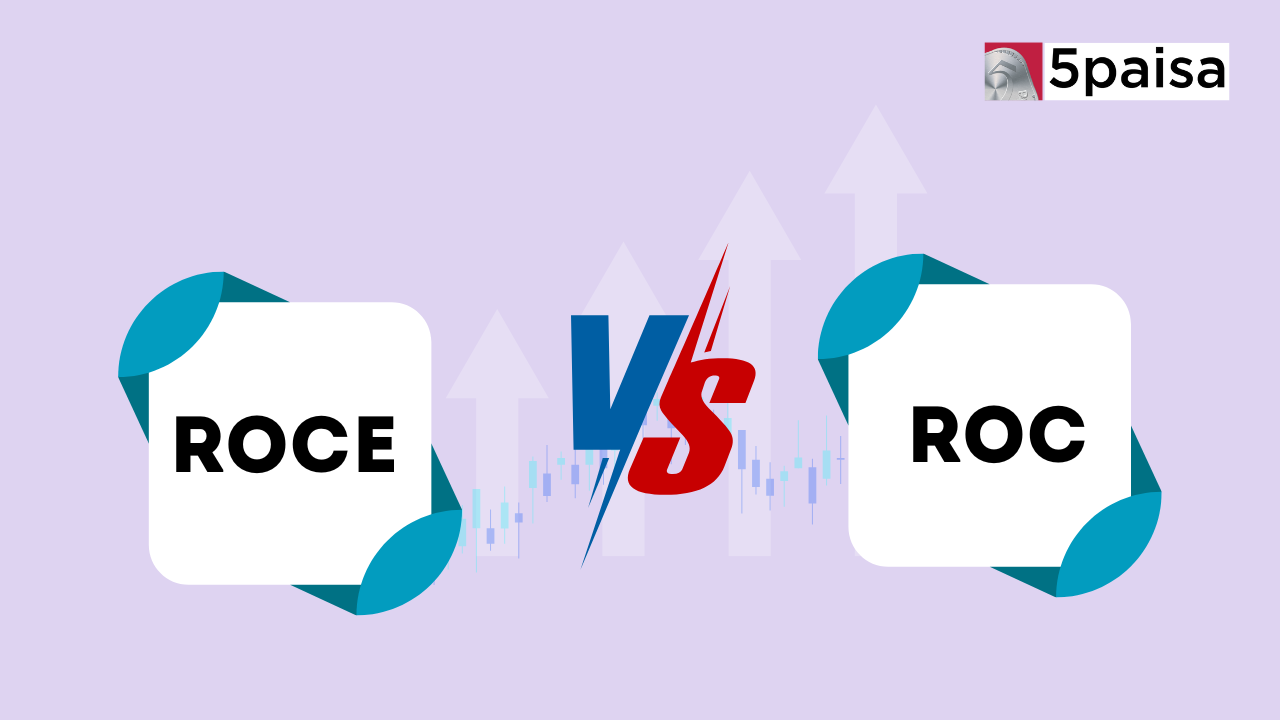Content
- What Is ROCE?
- What Is ROE?
- Why Is ROCE And ROE Important?
- Differences Between ROCE And ROE
- Example of ROE and ROCE
- How Do Capital Structure Changes Affect ROCE And ROE?
- How Can Companies Improve Their ROCE And ROE?
- Conclusion
When it comes to evaluating a company's financial performance, two key metrics often come into play: Return on Capital Employed (ROCE) and Return on Equity (ROE). These ratios help investors and analysts gauge how efficiently a company is using its resources to generate profits.
More Articles to Explore
- Difference between NSDL and CDSL
- Lowest brokerage charges in India for online trading
- How to find your demat account number using PAN card
- What are bonus shares and how do they work?
- How to transfer shares from one demat account to another?
- What is BO ID?
- Open demat account without a PAN card - a complete guide
- What are DP charges?
- What is DP ID in a demat account
- How to transfer money from demat account to bank account
Disclaimer: Investment in securities market are subject to market risks, read all the related documents carefully before investing. For detailed disclaimer please Click here.
Frequently Asked Questions
ROCE indicates how efficiently a company uses all its capital to generate profits. ROE shows how well a company uses shareholders' money to create returns. They provide a comprehensive view of a company's profitability and efficiency.
Yes, this can happen if a company has significant debt. The debt increases total capital (affecting ROCE) but not shareholders' equity (affecting ROE). This situation might indicate efficient use of total capital but higher financial risk.
Both are important, but their relevance can vary. ROE is often favoured when comparing companies with similar capital structures. ROCE is useful for capital-intensive industries and provides a broader view of capital efficiency. Investors should consider both alongside other metrics for a comprehensive analysis.
Yes, ROCE can be lower than ROE if a company uses a lot of debt. That’s because ROCE includes both equity and debt, while ROE only looks at equity—so strong returns financed by debt can push ROE higher than ROCE.
ROCE and ROE should be analysed at least quarterly or annually. Regular checks help track performance trends, spot inefficiencies, and guide better investment or management decisions over time.


